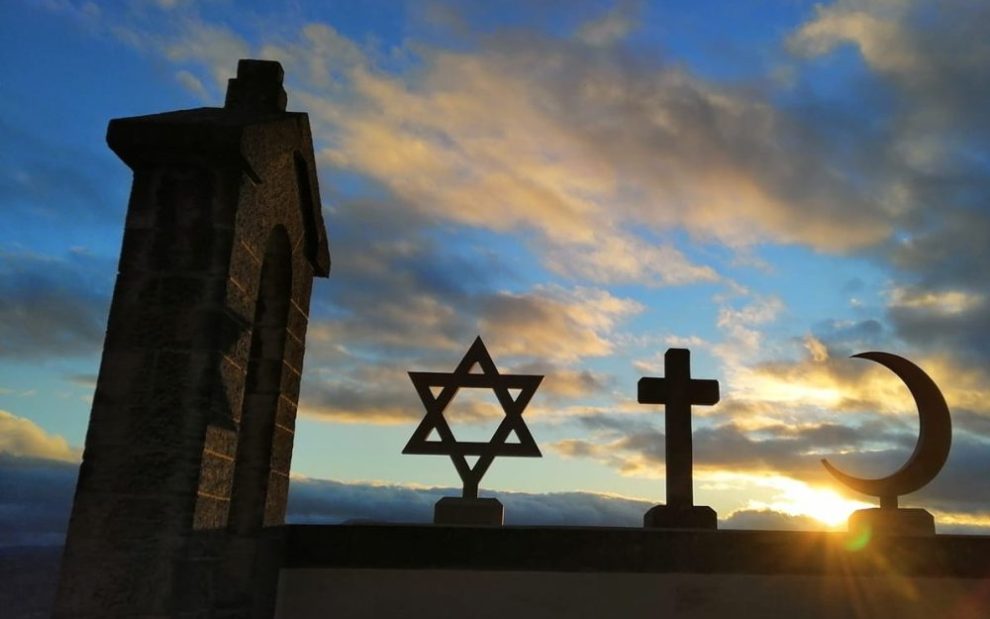Growing up, I assumed that the Catholic Church taught that people who were not Christian could not go to heaven. That view never sat well with me, so it was a relief to learn later in life that my assumption had been wrong.
In fact, the church teaches that the “plan of salvation” includes all people, regardless of their religious affiliation. The Second Vatican Council declared this most clearly, and it remains the position of the church today. It means that those who do not profess faith in Jesus Christ may—by following the dictates of their conscience and embracing what is true and good—“attain eternal salvation.” This is not to say that everyone is guaranteed to be saved (even Christians), but it means that God labors tirelessly to bring all people—Christian or not—to salvation in Christ. Ultimately, we are saved not by membership in an institution or by our ideas or good deeds but by God.
The church also recognizes that other religions very often contain “true and holy” elements—“rays of the same Truth” that the church professes. Because of this, people of other faiths deserve our admiration and respect, and the church calls on all people to engage in dialogue and collaboration around our shared values.
At Vatican II, the church highlighted many positive aspects of other religions that are similar to those of the Catholic faith and practice. In Nostra Aetate (Declaration on the Relation of the Church to Non-Christian Religions), the church praised specific aspects of Judaism, Islam, Hinduism, and Buddhism. Written in the wake of the Holocaust, Nostra Aetate was originally conceived as a declaration on the church’s relationship with the Jewish people and a repudiation of anti-Semitism. But the document also includes a paragraph on aspects of the Muslim belief and practice. It affirms that Muslims and Christians (along with Jews) worship the same God. Since Vatican II, the church has also been clear that all people have the right to religious freedom and that Catholics should stand up against religious discrimination, even when it targets those outside our fold.
Going back to its earliest days, the church has recognized that the Holy Spirit “blows where it wishes,” even outside the walls of the church. How might we go about identifying where the Spirit may be at work in other religions? One way is by looking for the “fruits of the Holy Spirit.” In his letter to the Galatians (5:22–23), St. Paul lists several qualities in the Christian community that are evidence of the Holy Spirit at work: love, joy, peace, patience, kindness, generosity, faithfulness, gentleness, and self-control. Of course, Christians do not have a monopoly on these qualities. People of other faiths (or no faith) exhibit them just as well as—and sometimes better than—we do. With this in mind, we should be on the lookout for these “fruits of the Spirit” and recognize with gladness the many ways God is present and active among people of other faiths
This article also appears in the January 2023 issue of U.S. Catholic (Vol. 88, No. 1, page 49). Click here to subscribe to the magazine.
Image: Wikimedia Commons/AlmaKrese (CC BY-SA-4.0)
This article is also available in Spanish.













Add comment